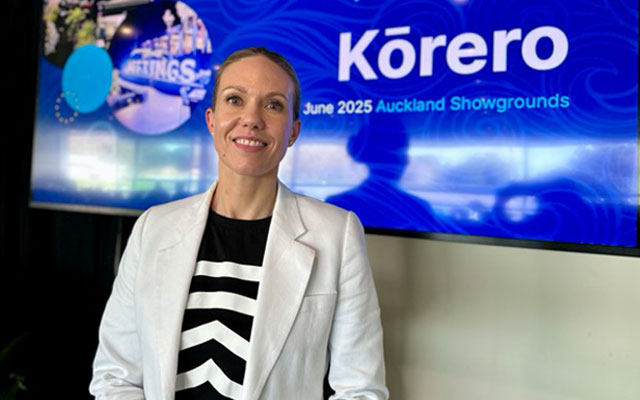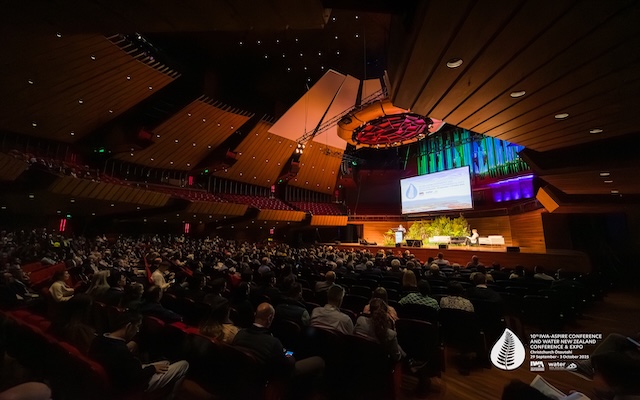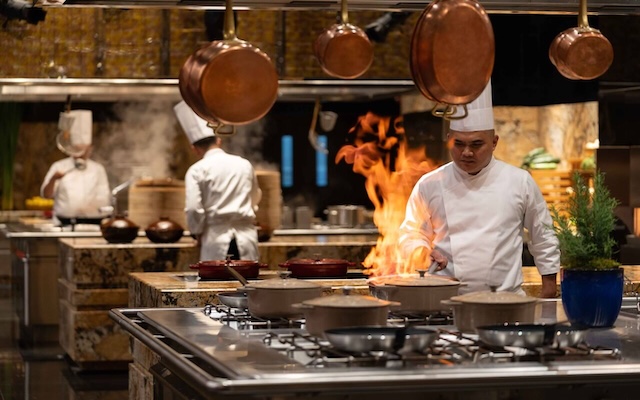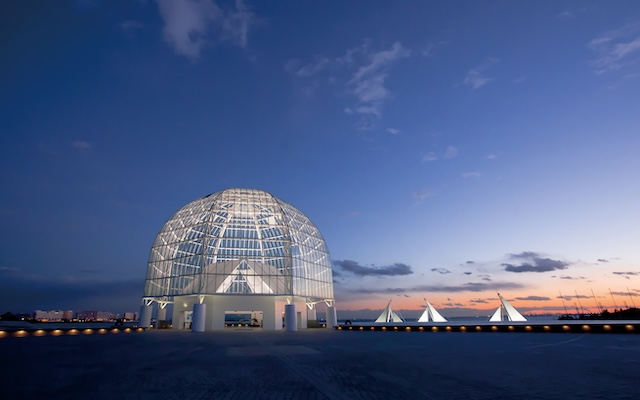Tourism New Zealand (TNZ) is stepping up its play for the Asian business events market, as it enters a rebuilding phase with increased government support.
A NZ$35 million (US$21.1 million) Tourism Growth Roadmap, announced at Meetings 2025 in Auckland, includes a second NZ$3 million injection into the Conference Assistance Programme, NZ$6 million to support South-east Asia and India, and NZ$13.5 million for China, shared with Australia and the US.

The new investments aim to rebuild capacity and re-energise international marketing efforts following a NZ$60 million cut in tourism funding in 2023, introduced as the country recalibrated with shifting priorities post-pandemic.
TNZ said the boost will allow it to “do more, go bigger and faster with our international marketing efforts” in key visitor markets.
Penelope Ryan, global manager for business events at TNZ, told TTGmice that in terms of government budget contribution, the new Roadmap restores just over half of the previous budget cut.
“It’s a really interesting phase where I would say we are still building back from Covid, and there are several factors still impacting our arrivals, like our air capacity. What I do know is that the appeal for New Zealand is the highest it has ever been,” she said.
She also acknowledged the need to intentionally shift perceptions around New Zealand’s remoteness for business events.
“Asia is one of our growth opportunity markets, and it is really about how we can be present there to build awareness of New Zealand, and the fact that we are easier to get to than people might think,” she said.
While there are no plans to increase in-market staff, the new funding will be directed toward driving activity through more touchpoints and attending different events in building New Zealand’s presence among key Asian decision-makers.
This includes participation at PCMA Business of Events in Singapore, and Destination Week in Goyang, South Korea.
Incentive travel continues to be a strategic focus, with efforts to balance high-value, short-lead bookings alongside longer-term association conferences. “We are looking at how to incorporate an incentive strategy as part of our associations activity as well,” said Ryan.
India is firmly on the radar, with growing enquiries prompting a specific incentive focus and plans for future direct air connections in the pipeline.
As of May, conference arrivals for FY25 were tracking at 75.6 per cent of pre-pandemic levels. Conversion performance exceeded targets by three percentage points to reach 63 per cent.
Conference delegates remain the country’s highest-yielding visitors, spending an average of NZ$379 per day, compared to the NZ$314 average for holidaymakers and NZ$203 for business travelers. Nearly 30 per cent of conference visitors travelled with family.
Looking ahead to FY26, Tourism New Zealand will focus on attracting more corporate and incentive arrivals from North America, Australia, and Asian markets, which also have a shorter lead time than conferences to generate year-round spending.
























